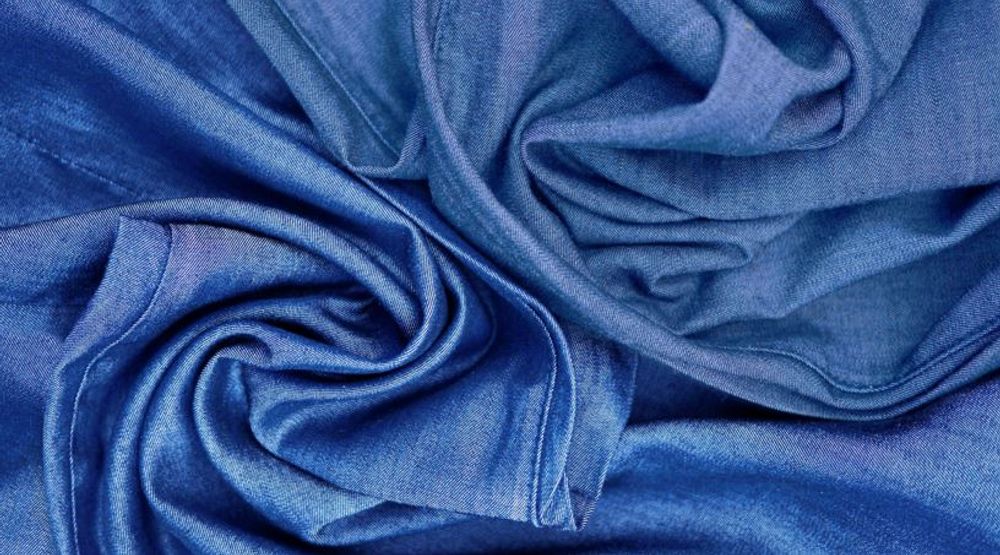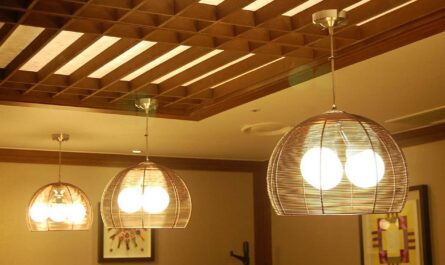Lyocell fabric is a hydrophilic rayon fabric that is created from natural cellulose sourced from wood pulp through a soluble fiber conversion process. Lyocell is recognized for its sustainability credentials and comfortable fabric properties. This article will provide an in-depth look at lyocell fabric – from its production process and properties to uses, care instructions and environmental benefits.
The Lyocell Production Process
Lyocell fabric is produced through a closed-loop production process known as the Lyocell process. In this process, cellulose wood pulp is dissolved and then spun through a series of extrusion nozzles into fibers. These fibers are then taken up on a conveyor belt where they solidify and form the lyocell fabric.
An important part of the lyocell production process is that it uses N-Methylmorpholine N-oxide (NMMO) as its main solvent instead of toxic and polluting chemicals. The NMMO solvent is recycled up to 96% and reused in the process, making lyocell production highly sustainable. Once the lyocell fabric is formed, the residual NMMO solvent is evaporated and condensed for recycling, leaving the finished lyocell fibers void of any chemicals.
Properties and Uses of Lyocell Fabric
Lyocell fabric has several distinctive properties that make it a popular choice for apparel and other applications:
– Soft, breathable and absorbent: Like other cellulosic fibers, lyocell has a soft, breathable feel on the skin. It readily absorbs up to 27% of its weight in moisture without feeling wet.
– Durable and strong: lyocell fabric are dimensionally stable and retain their strength when wet. This makes lyocell fabric durable for long-lasting apparel.
– Easy care: Lyocell can be machine washed and dried without shrinking or losing shape. It resists wrinkling as well.
– Environmentally friendly: As discussed earlier, lyocell production is more sustainable due to solvent recycling.
Some common uses of lyocell include clothing like t-shirts, underwear, dresses; home textiles like towels and bed sheets; and specialty applications like medical apparel and filters. Its properties make lyocell a eco-friendly replacement for cotton and other fabrics.
Caring for Lyocell Fabric
Given its easy care nature, lyocell is low maintenance to clean and maintain. Some tips for caring for lyocell fabric include:
– Machine washing in cold water on a gentle cycle is recommended. Avoid bleach and fabric softener which can damage lyocell fibers over time.
– Air drying is best to retain the shape and softness of lyocell garments. Machine drying on a low temperature setting is also okay.
– Iron on a warm or medium temperature setting. Lyocell can be safely ironed but high heat may cause scorching.
– Professional dry cleaning is not required for most lyocell items. Spot clean stains when needed.
– Store in a breathable, protective fabric bag or folded with tissue paper to prevent wrinkling.
The Environmental Edge of Lyocell
One of the major advantages of lyocell is its excellent green credentials compared to other common fabrics. Some notable environmental benefits of lyocell include:
– Sustainably sourced from renewable wood pulp grown on managed plantations.
– Solvent recycling rate of up to 96% makes lyocell production highly efficient.
– Lyocell fibres are biodegradable and melt at low temperatures, allowing for easy recycling.
– Production requires less water, energy and landfill waste than cotton or other synthetics.
– Lyocell farming and forestry helps improve biodiversity and carbon sequestration.
With its sustainable production process and biodegradable nature, lyocell is considered one of the most eco-friendly fabrics available today. This gives lyocell a definitive edge in the rapidly growing market for responsibly manufactured textiles.




